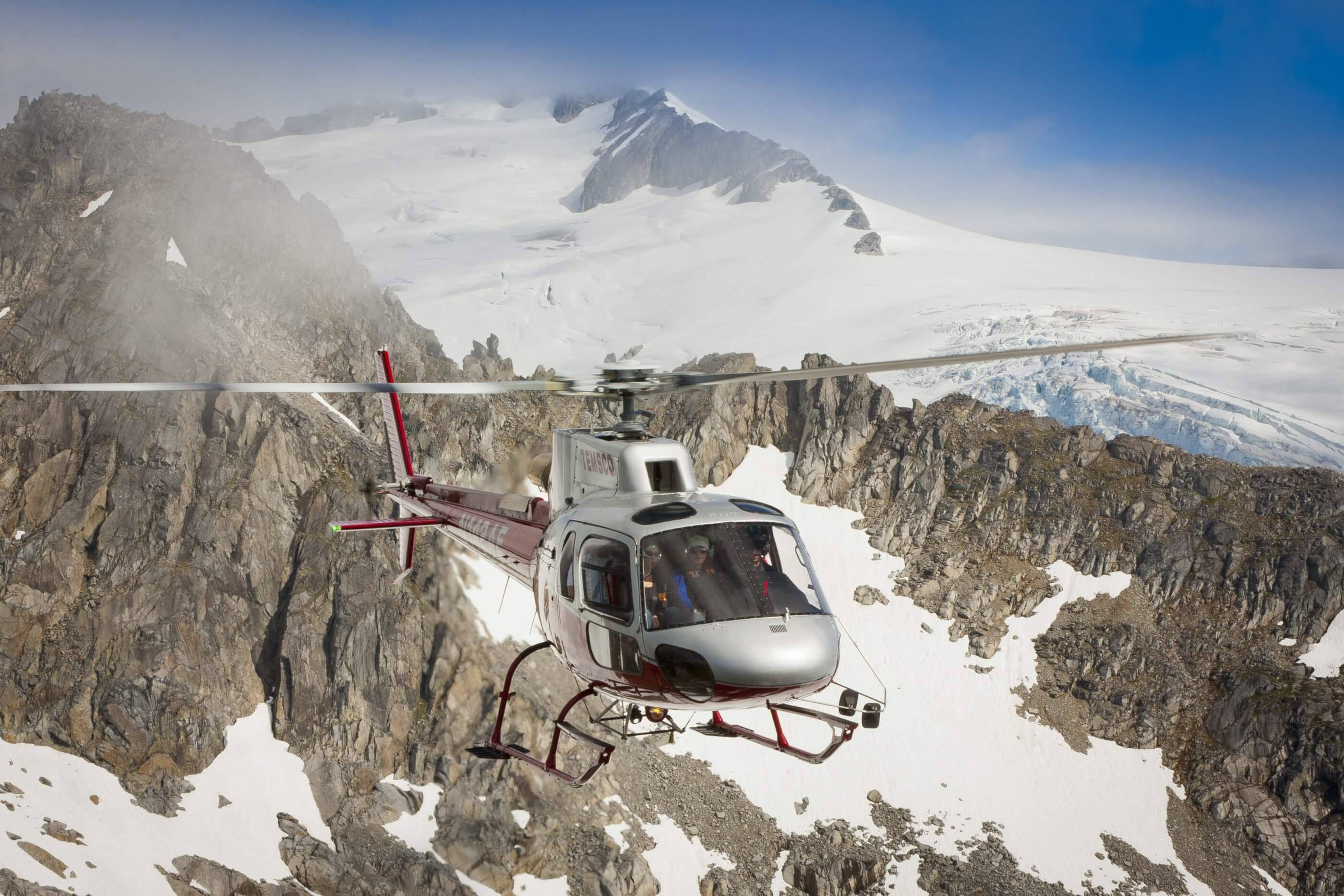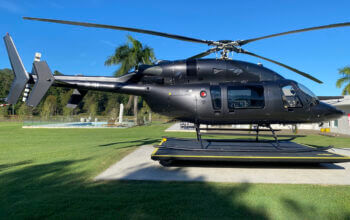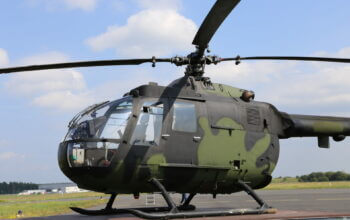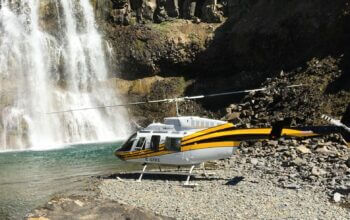Tour Operators Program of Safety (TOPS) is changing its membership program to include a much broader segment of operators than just its traditional part 135 rotorcraft base, in an effort to raise the level of safety among air tour operators.
The expansion of the program has been coined the “Rising Tide Program” as a reflection of its inclusive nature.

“The rising tide raises all ships, which is exactly what TOPS aspires to do for the air tour industry,” said TOPS executive director Stan Rose. “We’re no longer willing to sit back and just say we’re glad it wasn’t one of our members that had an accident. We are taking a proactive role in leading this change and delivering a better outcome for everyone.”
Rose said the general public classifies all air tour operators as one, and the benefits of the TOPS membership have historically been limited to a small subset of part 135 operators.
Standards developed within the TOPS organization are designed to go above and beyond what is required by the FAA. With the Rising Tide Program, TOPS is creating provisional membership opportunities for part 135 operators who don’t fully meet the TOPS standard, but can demonstrate an equivalent level of safety. Through the program, these operators will receive guidance and mentoring to elevate their operations to the TOPS standard.
The program will also extend provisional membership opportunities to part 91 air tour operators that are prepared to fly to a higher safety standard. Rose added that the company hopes these part 91 operators will eventually work toward part 135 certification.
“We had a secondary goal for the organization, which was to raise the level of safety for the whole industry,” said Rose. “Not all companies can meet the standards, and the standards are high. So we have developed a ladder.” Rose used the example of doors-off operations, which are not against FAA regulations but are not permitted in the TOPS program. “Other companies with good operating standards can show that they have training and equipment or policies and procedures to demonstrate that they have an equivalent level of safety.”
While part 135 operators are required to write an operations manual that demonstrates how they will meet all part 135 requirements, Rose said TOPS is in the process of creating its own manual for part 91 operators that will allow them to demonstrate an acceptable level of safety, eventually to become a TOPS member. “We’re going to do an outline, and it’s going to include what we think are the important parts of part 135, our standard, and good operating practices — a safety management system [SMS],” said Rose.
Under this portion of the program, TOPS will give these part 91 operators 24 months before they will be officially audited. In the first year, the part 91 operators will have a mentor (an existing TOPS member) that they can turn to during the process of writing their own operations manual. At the end of the first year, Rose said an auditor will look at each operator and their manual, and perform a gap analysis that compares what is written in the manual to what the operator is executing.
He added: “The second year is where you get things going and start practicing what you preach. So at the end of the second year [the part 91 operator] would be audited to their own manual. And no two of those manuals will be exactly the same, but it still gives them a reference [and] a way of implementing safety practices that we consider basic.
“And the goal here . . . is this is a culture change. And culture doesn’t change overnight, it changes over generations. Each pilot that comes in [to a company] changes the culture. So we should start influencing a pilot’s strong safety culture from their first day in flight school.”
Rose believes that for consumers, when it comes to choosing a reputable helicopter company for an air tour, “the TOPS membership is a guarantee that [air tour] operators are doing things the right way; they’re taking the extra step and doing things as safely as possible.”
Current TOPS members include Blue Hawaiian Helicopters, Coastal Helicopters, TEMSCO Helicopters, Sundance Helicopters, Papillon Grand Canyon Helicopters, NorthStar Helicopters, and Hawaii Helicopters.
As part of the Rising Tide Program, TOPS is taking on an initial group of part 91 operators as a beta test group that will help the company write its part 91 operations manual. “We don’t want to make assumptions about part 91 operations,” said Rose. “We need to learn from them, too, so we want to have them involved in the process. . . . We’re actively doing that now.
“And then we’ve got the list of letters of authorization operators and we’ll reach out to them about membership, [including] the [part] 135 operators,” he added.
Safety is at the forefront of the Rising Tide Program, but on the back end, the program is also affected by the eminent labor shortage that the industry is facing. Pilots who have just received their license typically only have about 250 flight hours under their belt after finishing flight school, Rose said. This creates a gap, since most air tour pilot positions require 1,000 hours.
“And how do you get from 250 hours to 1,000 hours? Frankly, one of the answers is you work for these [part] 91 operators through the tours.”
TOPS hopes to achieve two goals in relation to this issue: “First, we want to create a career ladder, so that when [a student] pays for flight school, they have some idea that they might actually get a job, and a positive ladder moving up,” said Rose. “And the second part for us is that we’re willing to mentor the part 91 operators, and help them with their SMS programs. We want students coming out of flight school to think that SMS is the only way to do business. We want to start that mentoring so we’re helping with their training when they’re moving up the career ladder; this will reduce the training necessary when they join the larger companies. There are benefits for everybody.”
He added: “We’re trying to create this product where we’re all working together for the same reasons — building safety in the industry.”









